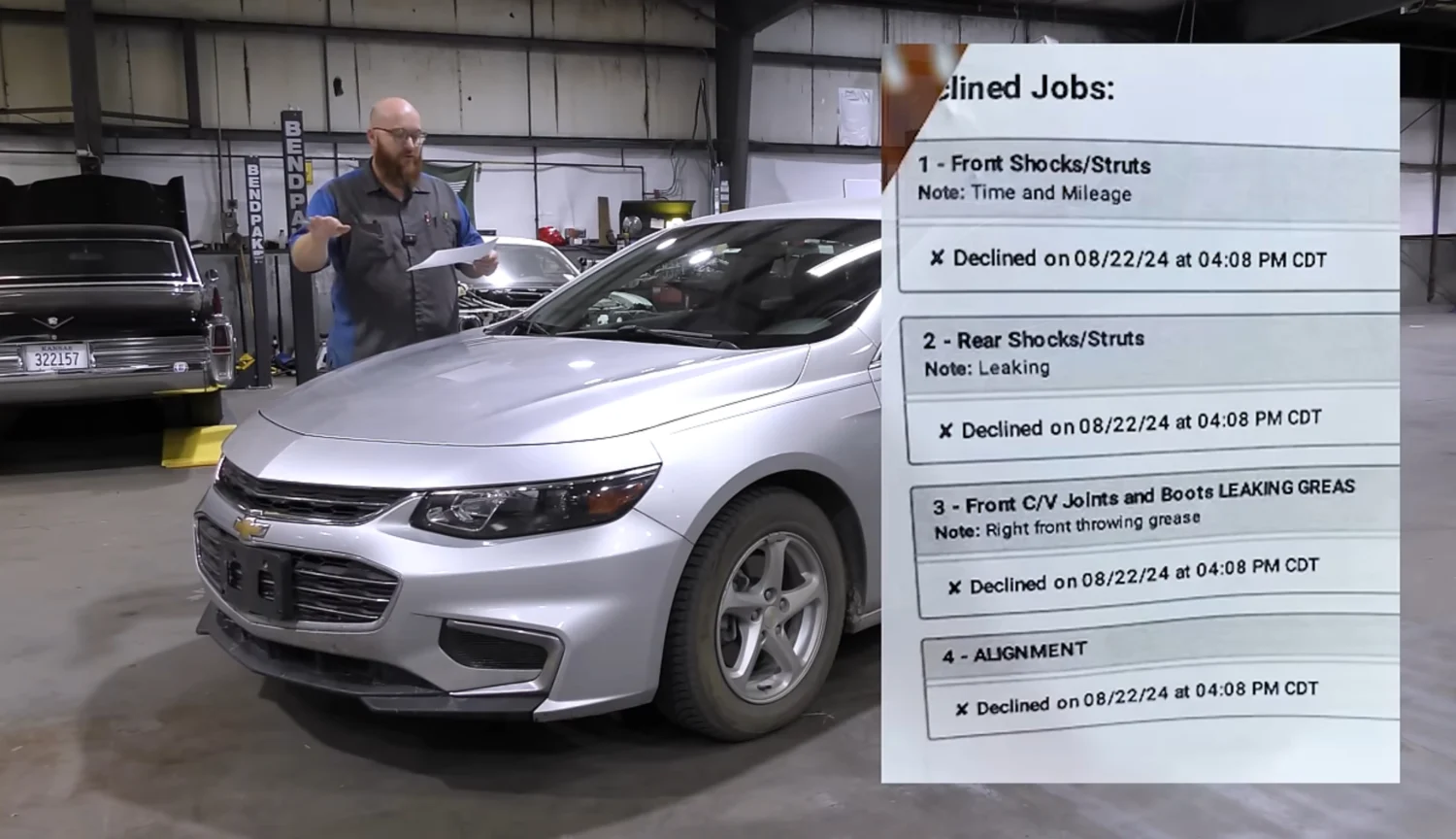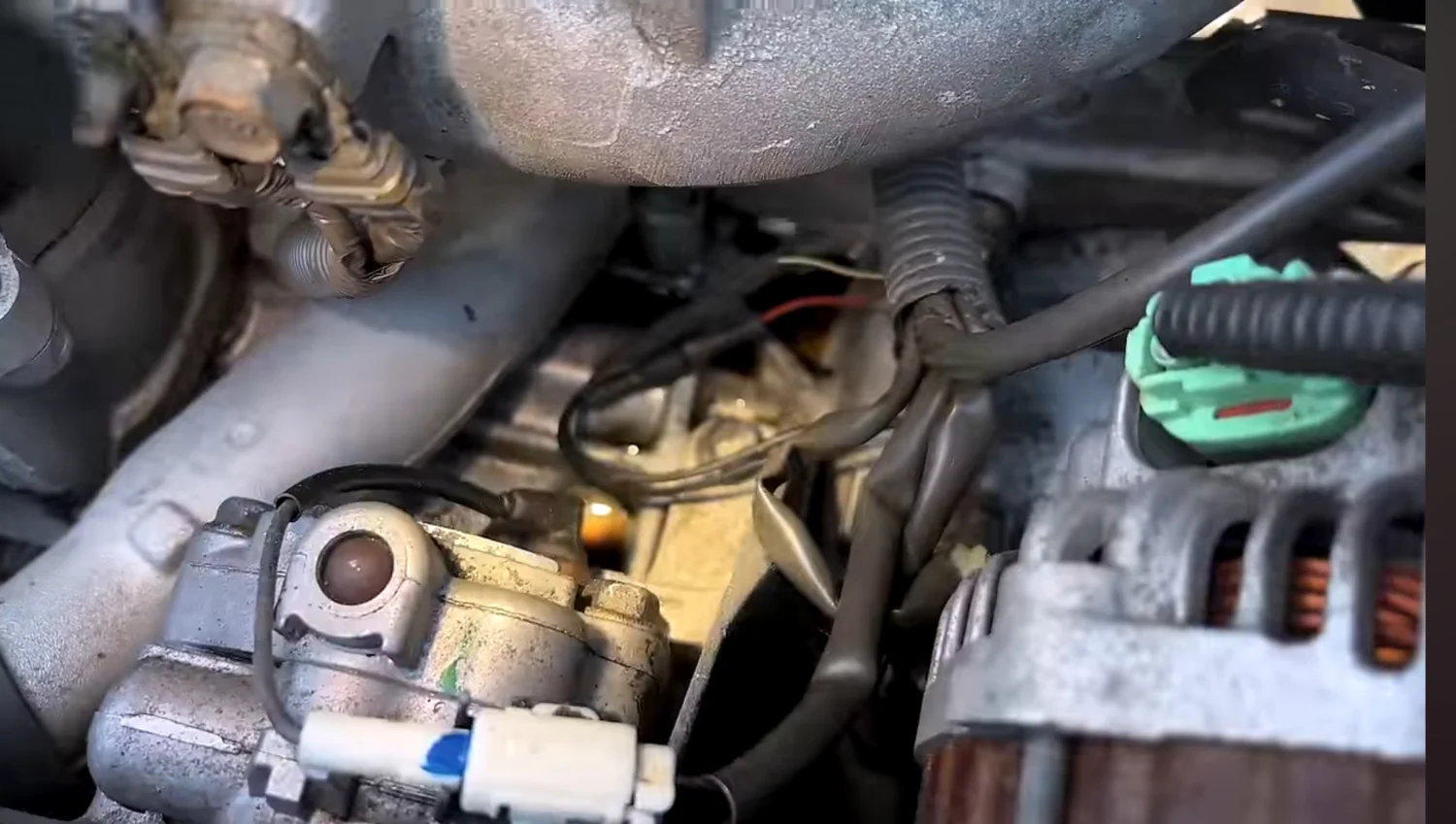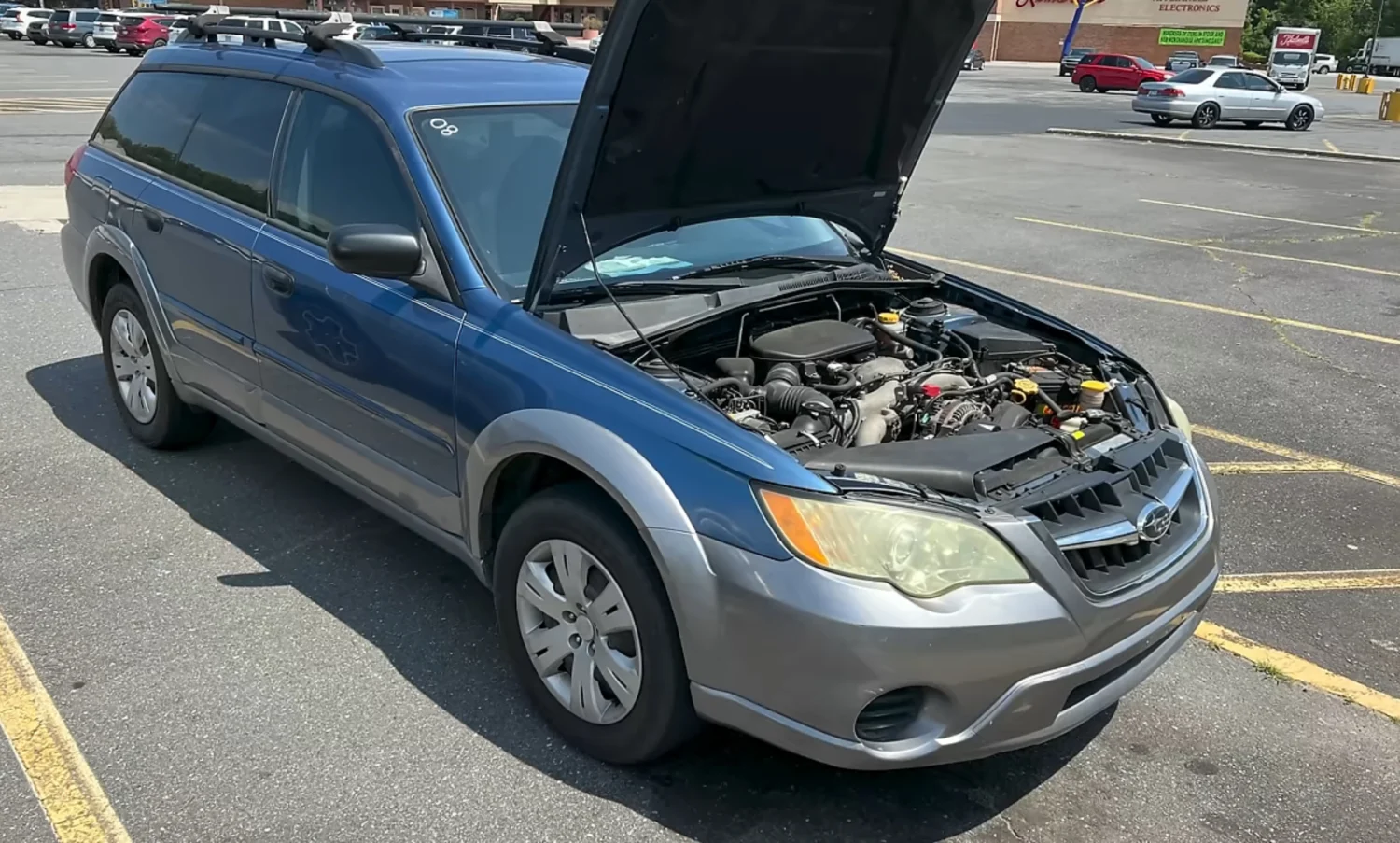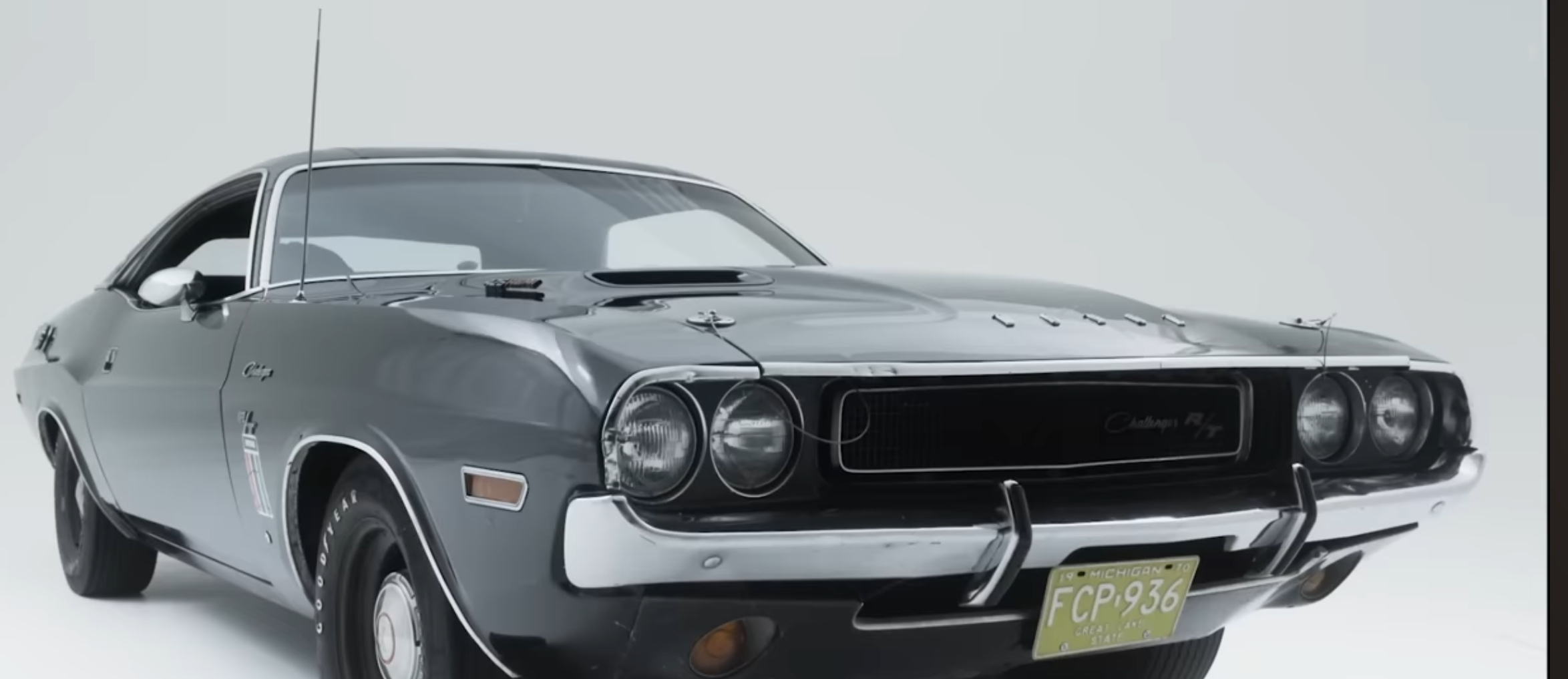Are Modern Cars: Built to Break?
If you feel like cars just aren’t made like they used to be, you’re not alone. Today’s vehicles, with their lightweight designs and abundance of plastic components, seem engineered for planned obsolescence rather than longevity. The Car Wizard of Omega Auto Clinic explores this troubling trend, comparing the “bulletproof” cars of the past to the increasingly fragile models rolling off assembly lines today.
From Bulletproof to Disposable
Let’s take a trip down memory lane. Vehicles like the Buick LeSabre, Chevrolet Tahoe, Lexus LS 400, and early 2000s Cadillac Escalade were built to last. These cars often ran well beyond 300,000 miles, thanks to robust engineering and high-quality materials. Today, however, even these icons are succumbing to the passage of time.
“No matter how bulletproof a car is, age eventually takes its toll,” says the Car Wizard. Even the mighty 3.8-liter Buick V6, once a symbol of durability, is no match for decades of wear and tear on plastic intakes, trim pieces, and interior components. And if you’re nostalgic about fixing up an old ’90s car, good luck finding parts. The demand for these components has dwindled to the point where manufacturers no longer see it as profitable to produce them.
The Disposable Nature of Modern Cars

Today’s vehicles are a far cry from those engineering marvels. The 2018 Chevrolet Malibu serves as a case study. The Wizard highlights the 1.5-liter Ecotec turbo engine under the hood—a far cry from the old 3.8 V6s in terms of longevity. “Many of these Ecotec engines are plagued with turbo failures, timing chain issues, and excessive oil consumption,” he notes. The underlying problem? They’re not built to last.
Car manufacturers are increasingly designing vehicles to hit a target lifespan of 100,000 miles. “They don’t want these cars to last 30 years,” the Wizard explains. “They want you to buy another one.” And they’re cutting corners everywhere, from cheap interior plastics to components engineered to fail right after the warranty expires. Even brands known for quality, like Toyota and Lexus, are facing issues with their newer turbocharged engines, which sometimes suffer catastrophic failures due to manufacturing debris left in the engine.
A Look Under the Hood
The Car Wizard walked viewers through an inspection of Mrs. Wizard’s niece’s 2018 Malibu. The car, with 120,000 miles, was already showing significant wear:

- Struts and shocks: The rear shocks were blown, and the front struts showed signs of clunking.
- CV boots: One boot was leaking grease, requiring replacement.
- Turbo issues: The Ecotec turbo system, known for its frequent failures, remains a ticking time bomb.
- Plastic everywhere: From the undercarriage to interior components, cheap plastic materials dominate the car’s design.
The Wizard points out that while parts for vehicles like the Malibu are still relatively easy to find, the clock is ticking. As fewer of these cars remain on the road, replacement parts will become scarce, just as they have for vehicles from the 1990s and early 2000s.
The Future of Automotive Longevity
Will any of today’s cars still be on the road in 2044? The Wizard is doubtful. “There’s no way,” he says. “They’re built so cheaply now.” Manufacturers seem more focused on maximizing profits than creating durable vehicles, leaving consumers to foot the bill for repairs—or replace their cars entirely—far sooner than they’d like.
Even brands like Toyota, once synonymous with reliability, are cutting corners. While they’re still better than most, they’re no longer immune to the trend of planned obsolescence.
What Can You Do?

For those determined to keep their cars running, the Wizard recommends regular maintenance and using high-quality replacement parts whenever possible. And if you’re curious about the tools and products the Car Wizard uses, check out his Amazon Affiliates Store for recommendations.
Join the Conversation
What do you think about the state of modern cars? Are they truly disposable, or is there hope for longevity in future designs? Let the Wizard know in the comments. And if you’re curious to see his full unfiltered thoughts on the auto industry, watch his channel here: @CarWizard
Stay up-to-date on all things automotive with the Car Wizard Instagram: @realcarwizard






